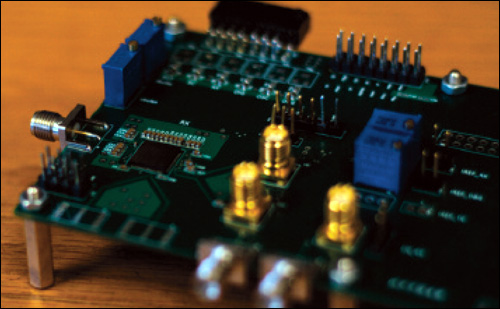Kids love their toys. They also love games on tablets, so it was inevitable that companies would invent toys that interact with scenes displayed on tablets. Disney, for example, has developed AppMATes. Small cars modeled after characters in the animated movie Cars 2 have touch sensors that allow them to interact with the touch screen. As children move the cars, they can interact with images in a Cars application.
The current toys use touch technology, so only a few toys can be on the tablet surface at once. A company called IdentiToy hopes to overcome that limitation. Using Near Field Communication (NFC) technology, a tablet would be able to identify numerous toys on the tablet screen simultaneously. An optical sensor in the base of each toy would get position data from the tablet, which would be relayed back to the tablet via the NFC transponder. This would enable the screen to change as the position of the toys change.

IdentiToy has developed a prototype to prove the concept works and is offering an evaluation kit developers can use to create toys. The firm hopes to make money by licensing the technology. “There’s a huge market for toys that can be put on a tablet to create an interactive experience,” says CEO Arjuna Karunaratne. “That’s what we are trying to promote.”
The system won’t work with most current tablets, because they don’t have NFC readers and don’t communicate position through a grid in the tablet screen. But Karunaratne says with a slight modification, the LEDs used to backlight tablet screens could create a grid with position data that would be communicated back to the tablet through an NFC chip, overcoming the limits of touch-based options.
“Imagine a child places a toy figure on a tablet, and the NFC reader in the tablet recognizes the toy,” he says. “The device goes out to an external database, downloads the appropriate app and launches the app. And the child starts playing.”
The concept could also be used for adult games. People could place chess pieces on a virtual chessboard, and the position of each piece could be saved, so the players could resume the game in the future. It could be a good teaching tool, as well. Placing an item on a tablet would call up interactive information about the object.
“I see this as being a part of the capabilities of all touch screens someday,” Karunaratne says. “All devices will emit the position, and then people can use that information to have objects interact with the screen. The first tablet maker that provides positioning data and NFC capabilities will likely do well, just as Samsung benefited from embracing NFC technology in its phones.”

